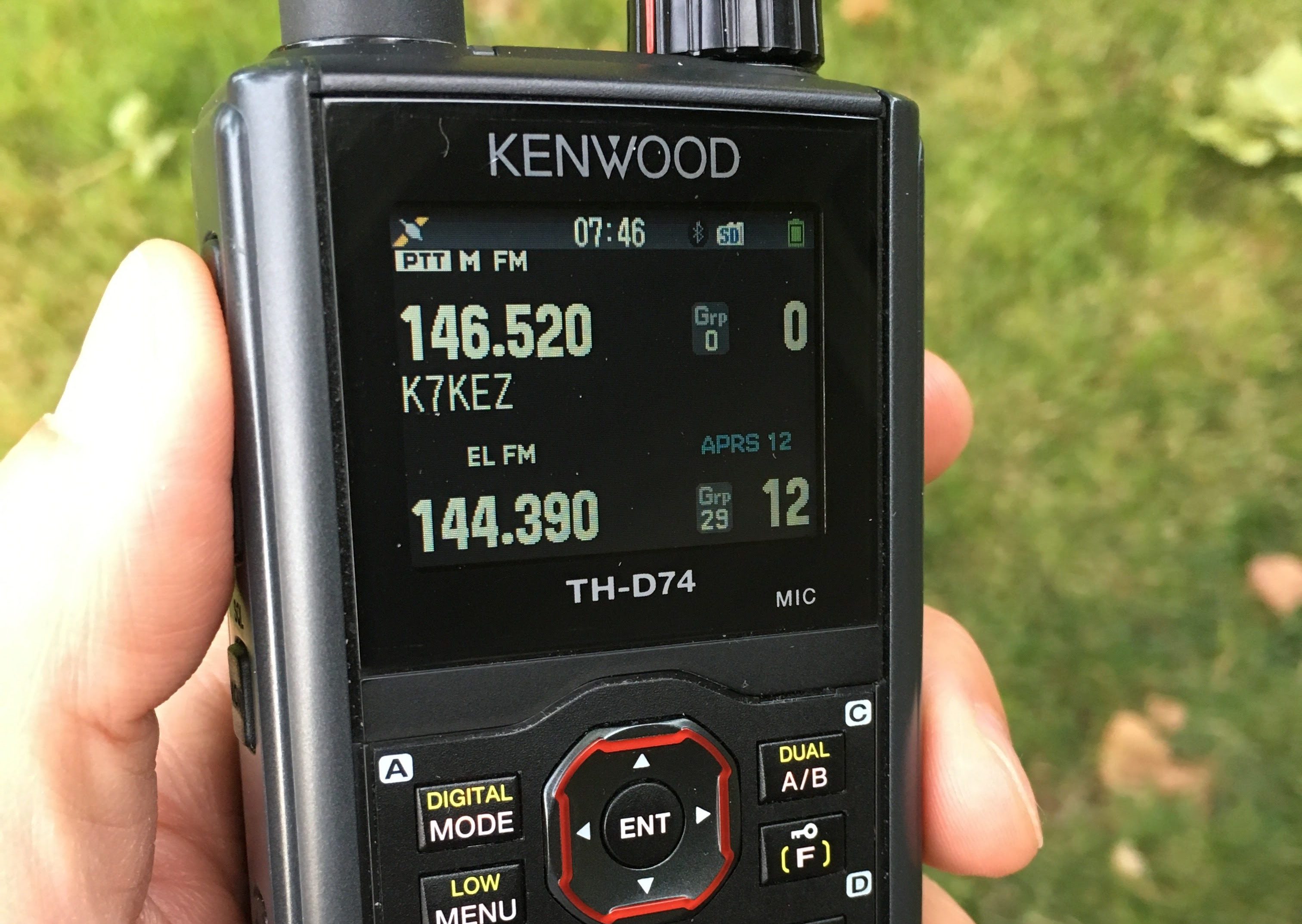Yaesu FT-3DR with the Anker Soundcore Bluetooth Speaker (FAIL)
I bought a Anker Soundcore bluetooth speaker to use with my FT3DR, but it won’t pair. The FT3DR “sees” the Anker speaker, but when I try to connect, it tries for a while, then fails. Will look for another speaker.APRS to SMS Gateway
Did you know you can send/receive messages from APRS to the SMS network? Super easy. Just compose a message to: SMSGTE Start the message with @(the destination phone number) (space) (short message). Example, if I want to send the message “test” to phone #...FT-2900 Packet Wiring Diagram for TNC Pi 2
Easy Digi PTT Settings IC-2300
I use an Easy Digi interface between my Icom IC-2300, Direwolf & APRX. Here is my PTT string for my direwolf.conf file for Push To Talk: DEVICE plughw:1,0 ACHANNELS 1 CHANNEL 0 MYCALL MERIDN MODEM 1200 #IC-2300 PTT /dev/ttyUSB0 DTR RTS AGWPORT 8000 KISSPORT 8001...APRS in the Treasure Valley (Boise, Meridian, Nampa, Eagle)(2019)
Boise APRS Coverage Overview View Latest on APRS.fi SHAFER provides reliable coverage along I-84 from Mountain Home to Ontario, OR. To the south, most of the valley including the northern face of the Owyhees. And to the north, sporadic coverage in the mountains and...Get APRS Alerts from APRS.fi
Did you know APRS.fi can send you alerts when a station goes off-air or on-air? Just visit https://aprs.fi/my/ and add a station under “Stations I follow” From there, you can edit the settings to send you emails when certain events happen....ISS APRS Frequency Is: 145.825 MHz
Clone Raspberry Pi SD Card on a Mac
It’s pretty easy to clone a Raspberry Pi SD Card on a Mac, but takes a LONG time (32GB took 3 hours to backup and 10 hours to restore via my iMac). Open the terminal and find your disk id#. Run: diskutil list To Back It Up sudo dd if=/dev/disk2...

Recent Comments